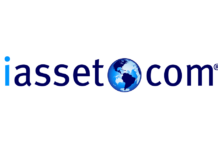Largely undeterred by current negative economic conditions, vendors of home automation systems are expected to ship nearly 2.8 million of them in 2011, according to a new study from ABI Research.
Only one of the four segments of this market – that for luxury systems – will be significantly impacted by the recession, according to senior analyst Sam Lucero. The luxury home automation market for systems costing more than $50,000 is relatively mature, so it will feel the greatest impact from the recession. Two other segments – standards-based mainstream home automation systems and home automation as a service – are so new and have so much room for growth that they should expand rapidly starting in 2010 no matter the progress of the wider economic recovery. Likewise, the final segment – DIY home automation – is tied to a certain extent to these other newer segments and should also see healthy growth.
Rather, the challenges to achieving that growth are related to creation of new market mechanisms: the development of distribution channels, and the education of consumers as to the benefits and availability of home automation technology.
New standards-based wireless technologies such as ZigBee and Z-Wave mean that many mainstream home automation installations are now in the $10-15,000 range with prices falling fast. This segment is further driven by the growing availability of peripheral components that are available not only from the vendors themselves but through retail outlets.
Most of the major telcos are trialing systems aimed at delivering managed home automation services as part of a bundled offering for subscribers. They want to make their bundles stickier, and to enter into new growth markets. It’s a “push” market phenomenon, with service providers educating their customers about the options and possibilities.












